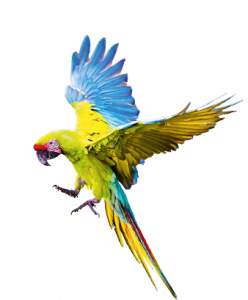We have been carrying out reforestation and environmental education on the Nicoya Peninsula together with the Fundacion Monte Alto for over 20 years. Sixty percent of the total 900 hectares have already been replanted. Now we want to see what animals live on our land and in the Monte Alto conservation area and whether biodiversity has increased as a result of the many years of reforestation and environmental education measures.
Which animals benefit from the newly created biological corridors? Do we need to adapt our planting strategies for these animals? Which plants are needed to attract other animal species?
To investigate these questions, we would like to install cameras in two projects – Monte Alto and Reserva Kinkajou. This allows us to keep a close eye on who is hiding in our forest. A camera costs around 250 euros. With 10 cameras in Montea Alto and 8 cameras on the Reserva Kinkajou, we can discover the different mammals in our project areas by day and by night. The results are supplemented by the documentation of animal footprints and wildlife observations and are to be incorporated into local environmental education with children and cooperation with the local population.
Thanks to numerous generous donations from our members, we have already been able to buy 10 camera traps and set them up in Monte Alto. Many thanks for the great support!
With 8 additional cameras, we can also collect scientific information on the native animals at the Reserva Kinkajou, which is located on the edge of the Braulio Carrillo National Park in the north of Costa Rica. The region is coming under increasing pressure as a number of major infrastructure projects are planned over the next few years, such as a wide road linking the Atlantic and Pacific coasts. It is therefore particularly important to document the diversity of species here in order to demonstrate the great importance of this natural habitat.
It was only in April that two small, rare and shy predatory cats of the genus Leopardus were spotted on the Reserva Kinkajou – an ocelot and the long-tailed cat, which is classified as potentially endangered by the IUCN. We hope to make many more discoveries with the camera traps! Support us with the purchase of 8 more cameras!
